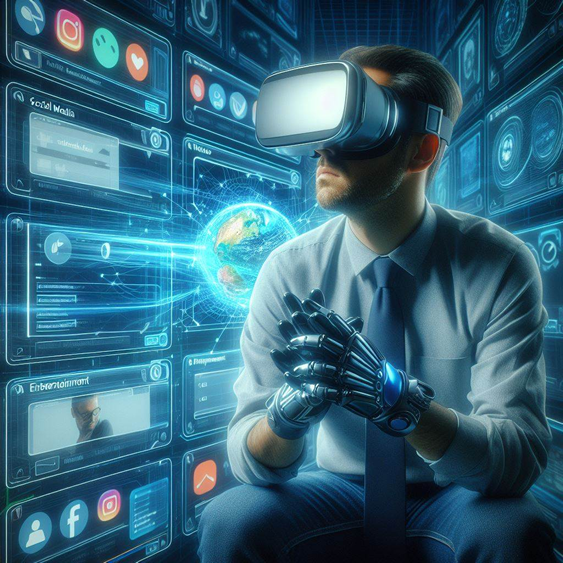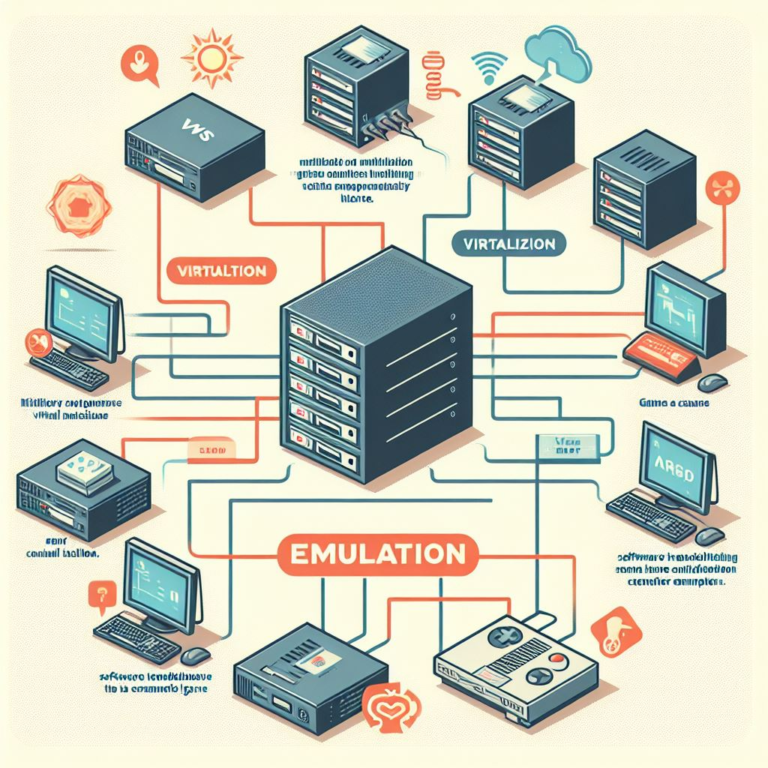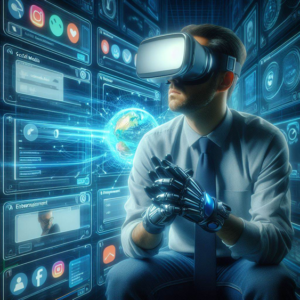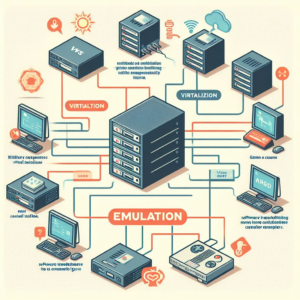Unraveling the Technology Behind New Innovations: A Closer Look

Introduction
Innovation is the engine that drives progress in every aspect of human endeavor, and technology is its fuel. From groundbreaking medical treatments to revolutionary consumer products, the world is constantly being shaped by new innovations. But what exactly powers these innovations? Let’s delve deeper into the technology behind these groundbreaking advancements.
Artificial Intelligence (AI): Artificial Intelligence has emerged as a cornerstone technology driving many recent innovations. Machine learning algorithms enable computers to learn from data and make predictions or decisions, leading to advancements in various fields. In healthcare, AI aids in disease diagnosis and drug discovery, while in finance, it optimizes trading strategies and risk management. Additionally, AI powers personal assistants, recommendation systems, and autonomous vehicles, revolutionizing the way we interact with technology.
Internet of Things (IoT): The Internet of Things connects everyday objects to the internet, allowing them to collect and exchange data. This technology enables smart homes, where appliances can be controlled remotely, and energy usage optimized for efficiency. In agriculture, IoT sensors monitor soil moisture levels and crop health, leading to more sustainable farming practices. Moreover, IoT plays a crucial role in industrial automation, enhancing productivity and safety in manufacturing processes.
Blockchain: Blockchain technology, known primarily for its role in cryptocurrencies, offers decentralized and tamper-proof record-keeping. Beyond finance, blockchain finds applications in supply chain management, where it ensures transparency and traceability of goods. It also facilitates secure voting systems, intellectual property protection, and decentralized finance (DeFi) platforms, revolutionizing traditional financial services.
Augmented Reality (AR) and Virtual Reality (VR): AR and VR technologies blur the lines between the physical and digital worlds, opening up new possibilities in entertainment, education, and business. AR enhances real-world experiences by overlaying digital information onto the physical environment, as seen in gaming and navigation applications. VR, on the other hand, immerses users in entirely virtual environments, enabling virtual meetings, training simulations, and therapeutic experiences.
Quantum Computing: Quantum computing harnesses the principles of quantum mechanics to perform computations at unprecedented speeds. While still in its early stages, this technology holds immense potential for solving complex problems in fields such as cryptography, material science, and drug discovery. Quantum computers could revolutionize industries by tackling optimization challenges that are currently intractable for classical computers.
Conclusion: The technology behind new innovations is as diverse as the innovations themselves, spanning artificial intelligence, IoT, blockchain, AR/VR, and quantum computing, among others. These technologies are not only driving progress but also reshaping industries and societies in profound ways. As we continue to push the boundaries of what is possible, it is clear that the future will be shaped by the relentless march of technological innovation.






















Post Comment